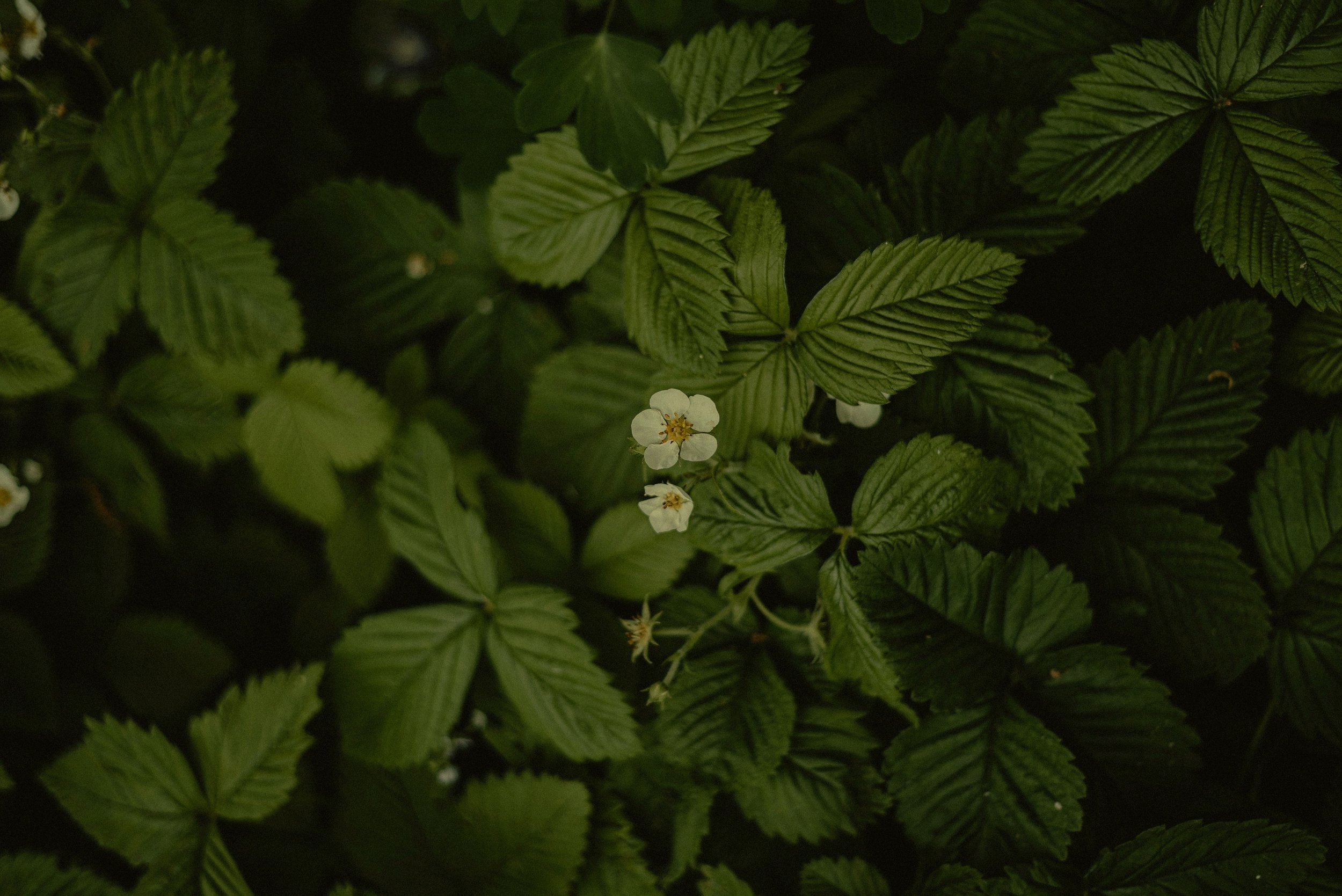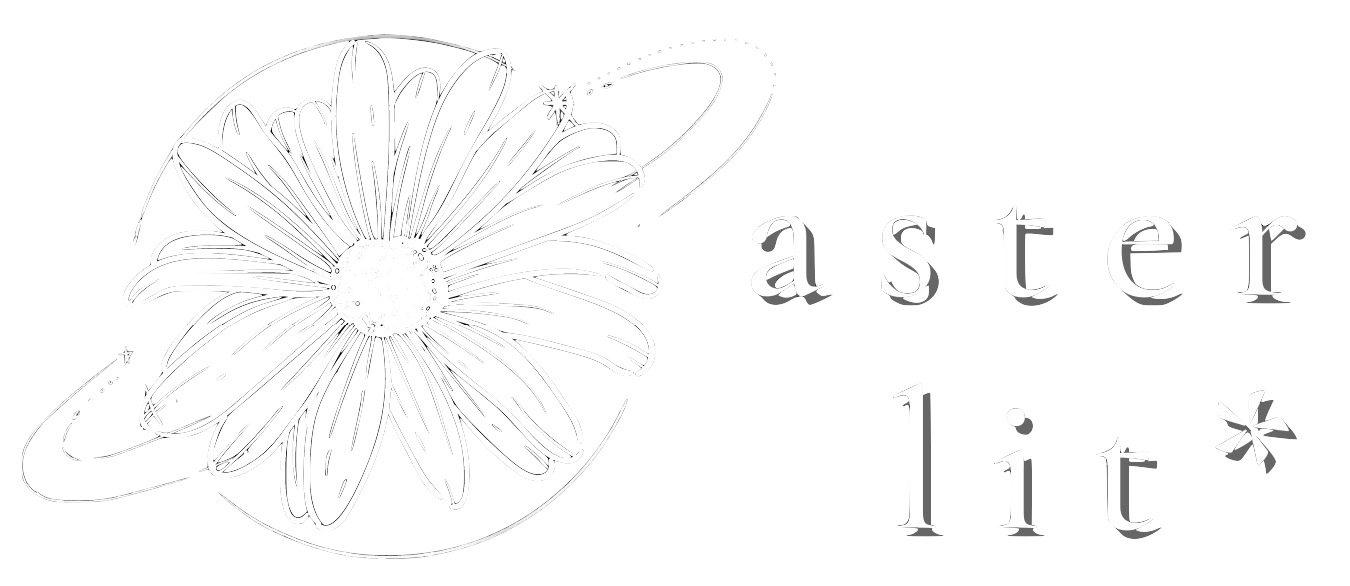
Aster Lit: translatability
Issue 12- Summer 2024
Shanakht III
- Visual Arts -
Maleeha Bukhari
Artist Statement:
“Faces of Shanakht” is a visual journey into the ever-shifting landscape of identity, where the self is portrayed not as a singular entity but as a constellation of experiences, emotions, and internal dialogues. This piece arises from an introspective exploration, where each brushstroke, color choice, and texture becomes a testament to the complexity of human existence. At the core of this work is the concept of "Shanakht," an Urdu word that embodies the essence of identity—a notion deeply rooted in cultural heritage yet universally relevant. In choosing to integrate this word into the piece, I sought to merge my artistic practice with my poetic origins, creating a dialogue between visual art and language. "Shanakht" transcends its linguistic boundaries, becoming a symbol of the ongoing quest for self-understanding and the reconciliation of the many facets of who we are.
The piece unfolds in three distinct layers, each representing a different dimension of the self. The foundation is laid with a fusion of alcoholic ink and acrylic—a deliberate choice to juxtapose two mediums that, much like the different aspects of our personality, do not easily blend. The unpredictable interaction between these materials creates a dynamic texture, echoing the inner turbulence and harmony that coexist within us. This layer embodies the raw, untamed energy of the subconscious, where emotions and thoughts collide, intertwine, and form the bedrock of our identity. The second layer introduces the imagery, where the abstract begins to take shape. Here, I employ a color palette dominated by deep blues and rich golds. The blue hues delve into the emotional depths, representing the melancholy and introspection that often accompany self- reflection. Blue is the color of the mind’s quiet contemplation, the heart’s unspoken sorrows, and the soul’s yearning for understanding. In contrast, gold serves as a beacon of resilience, symbolizing the wisdom and clarity that emerge from these emotional journeys. It is the color of illumination, of moments when the mind finds peace in the midst of inner conflict, and the heart gleams with newfound strength.
These colors, though seemingly at odds, engage in a delicate dance across the canvas. Their interplay speaks to the duality of existence—the push and pull between light and shadow, between the known and the unknown. This tension is not a battle to be won, but a dialogue to be understood, a reflection of the inherent contradictions within us that make us whole. Embedded within this layered composition is the singular word "Shanakht," inscribed in a flowing script that echoes the rhythmic cadence of poetry. This integration of text serves as a bridge between the visual and the verbal, inviting the viewer to not only see but also to read and reflect. The word anchors the piece, reminding us that identity is not a static concept but a fluid, evolving narrative—a story written by our experiences, thoughts, and emotions. As the piece culminates, the layers of color, texture, and text converge to create a rich tapestry that mirrors the multifaceted nature of identity. “Faces of Shanakht” is a meditation on the multiplicity within us all. It captures the essence of being many in one and one in many, of existing simultaneously as the person we are and the person we are becoming. This work is an invitation to explore the depths of our own identity, to embrace the contradictions within us, and to find unity in the myriad voices that shape who we are.
Maleeha Bukhari was born on Oct, 9th 1999, in Islamabad, Pakistan. She completed her bachelor's in Archaeology from Quaid-i-Azam University Islamabad, Pakistan. Her final year research project focused on Gandao effigies - the art of wooden sculpture, an ancient cultural practice of Kalash people residing in Chitral Khyber Pakhtunkhwa, Pakistan, and it aimed at understanding the significance of this ancient form of art in the burial rituals, which is a central element in theology of Kalasha religion. She is currently pursing Masters in Art and Design from Beacnhouse National University, Lahore Pakistan. Her these work focuses on the nterplay of cultural heritage and contemporary design through ethnographic research and semiotic analysis, forging connections across past, present, and future.


